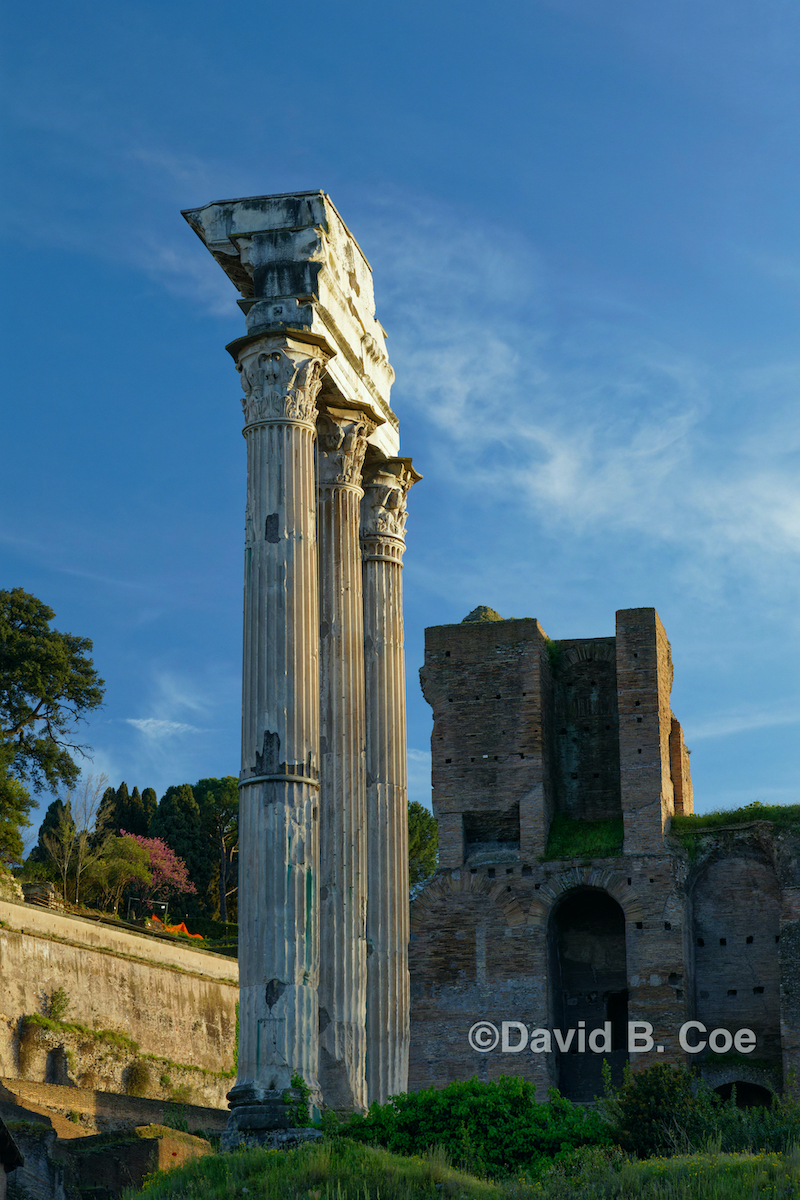
Nancy and I are recently back from three and a half weeks in Italy, a marvelous trip that took us to Rome, Venice, Lucca (in north Tuscany), San Quirico d’Orcia (in south Tuscany), Florence, Orvieto (in Umbria), and finally back to Rome for a couple of nights before our flight back to the States. It sounds like a whirlwind, but really it wasn’t. We had plenty of time in most places (a person could spend six weeks each in Florence and Rome, and still not see everything . . .), and did a good deal of our in-country traveling by train, which reduced the stress of getting around considerably. (The one exception was Tuscany, where we rented a car for six days, enabling us to visit several small, mountaintop medieval cities that aren’t served by the train system.)
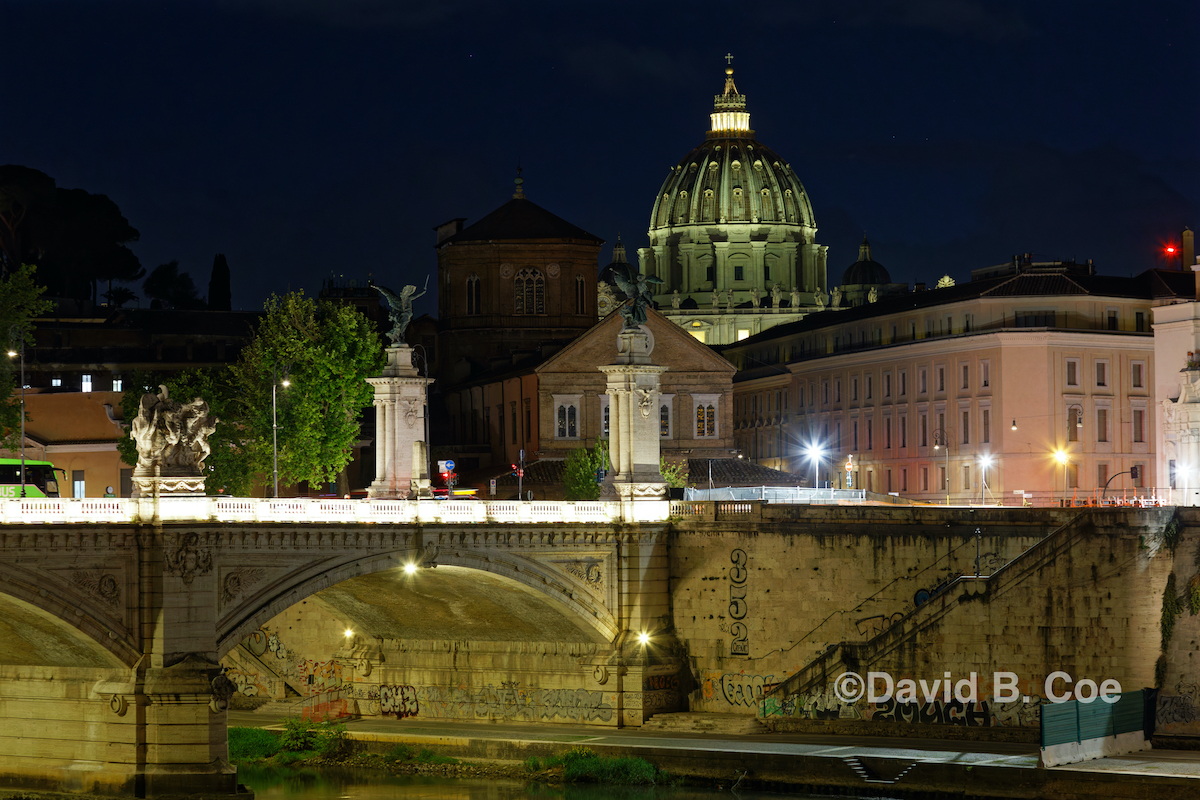
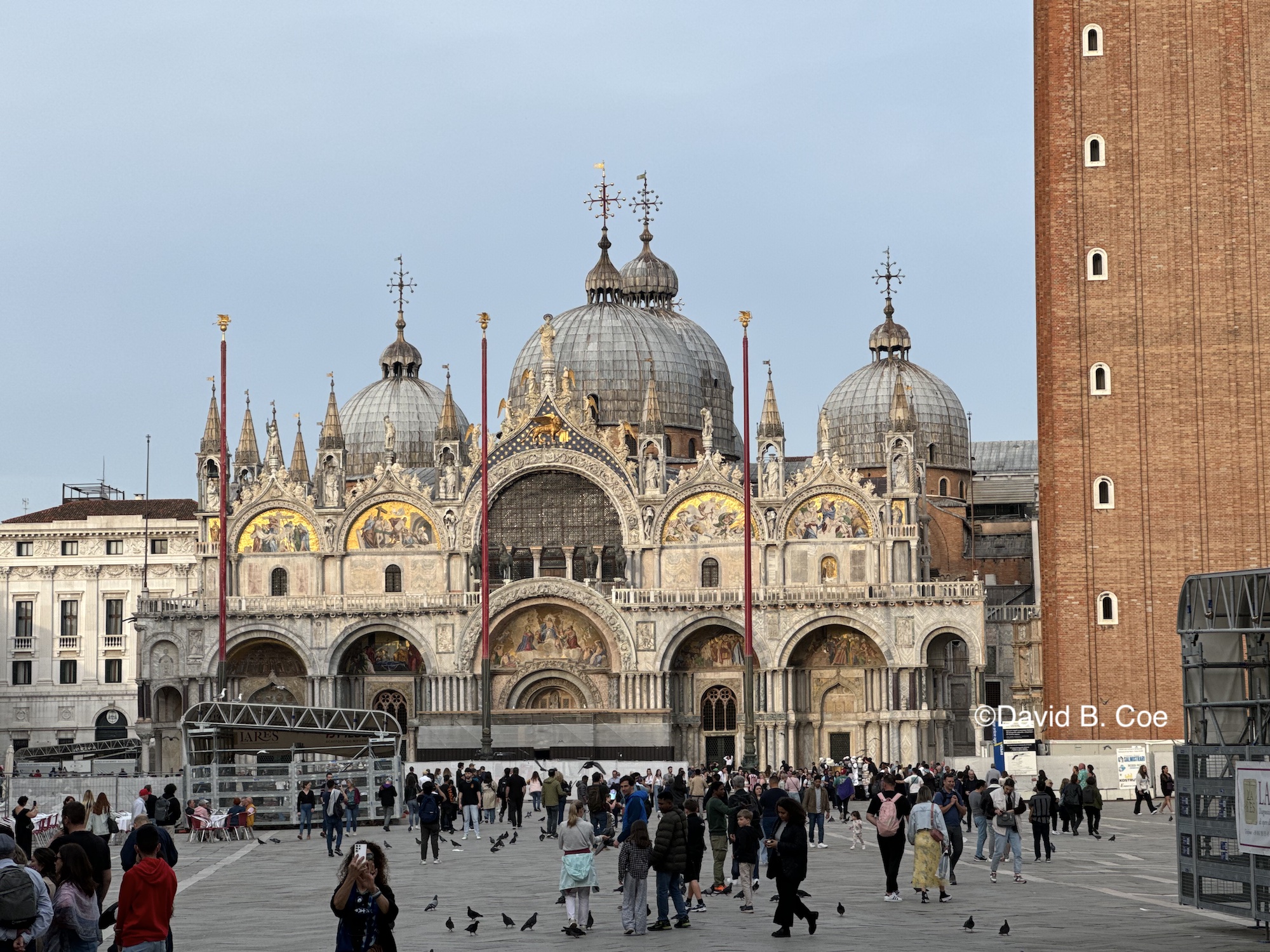
Faced now with the prospect of summarizing our trip for this post, I am a bit overwhelmed. We saw and did so much. Much of it falls into one of three or four categories — we walked A LOT; we ate A LOT and drank a bit as well; we saw many of the Sights That One Sees In Italy; and we hung out with friends in Florence, where two couples we know and love were on extended work-related stays.
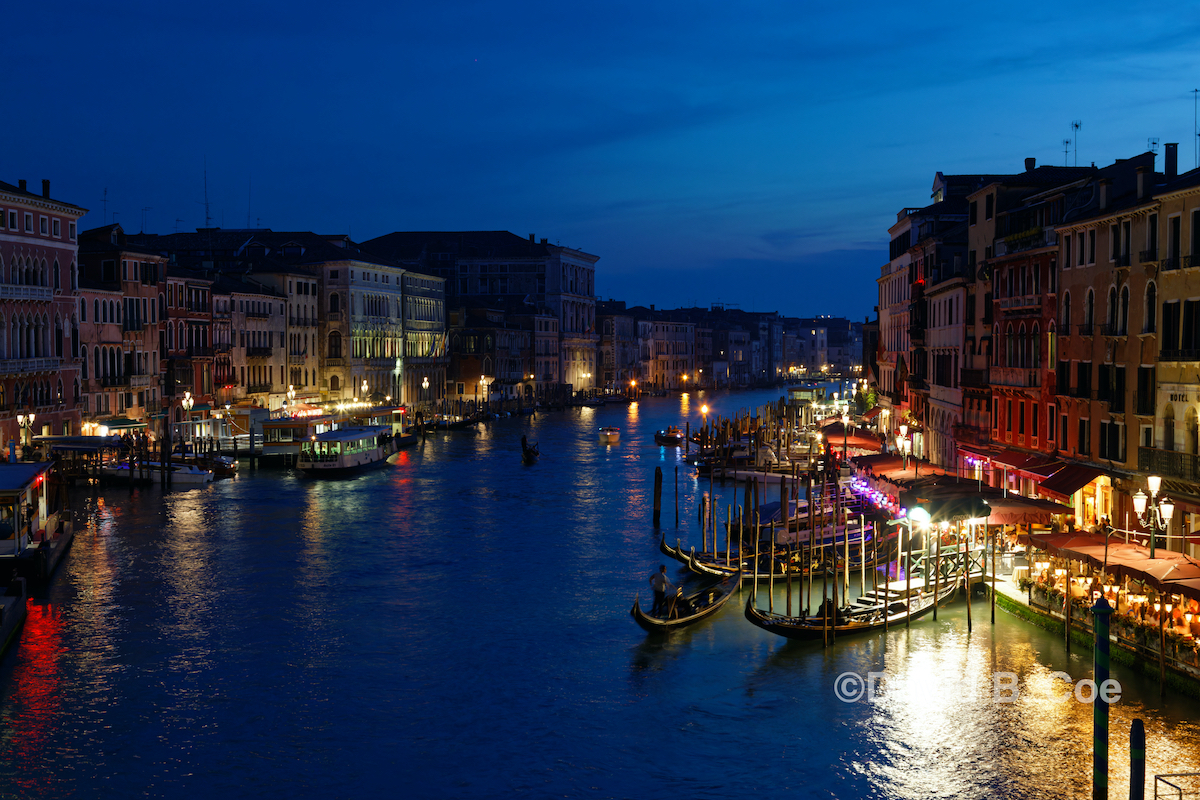
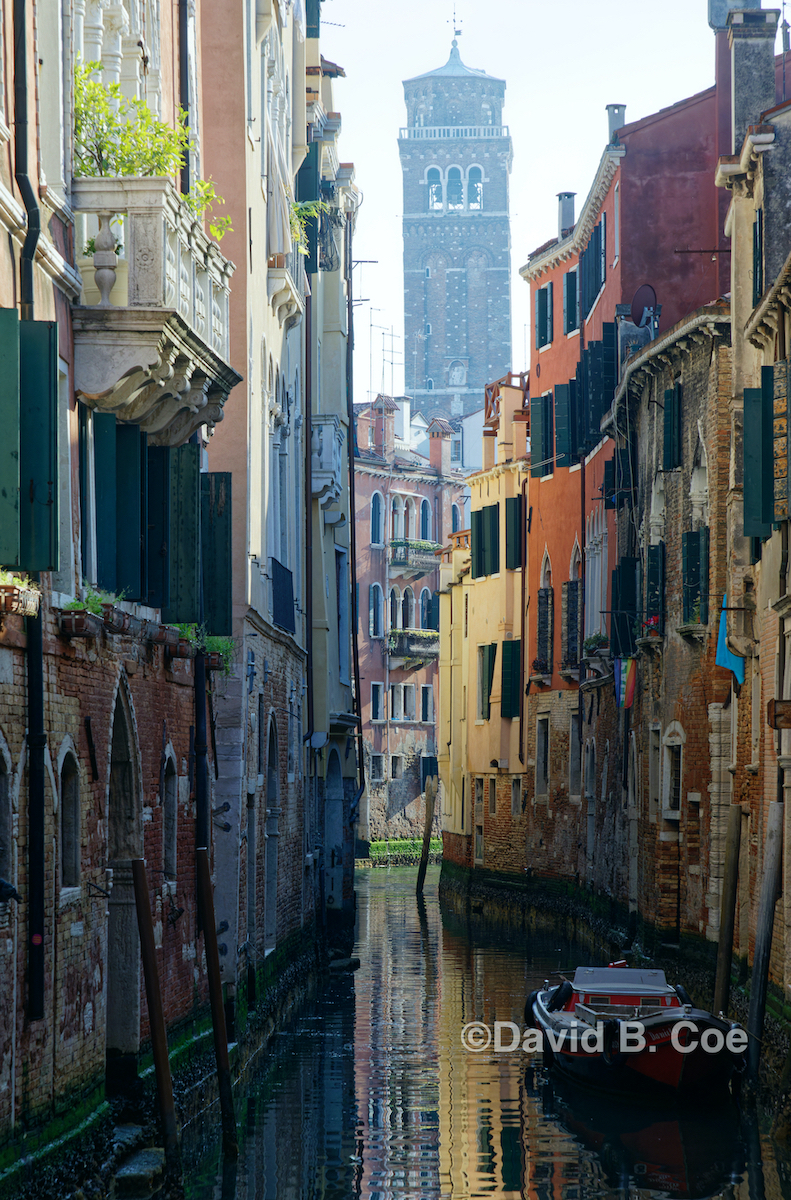
No matter where Nancy and I go on any trip, we wind up walking long distances. We feel that the best way to get to know a place is to explore it on foot, and as it happens, many of Italy’s cities lend themselves to this sort of exploration. Sometimes we walked with destinations in mind. Our first two days, when we were in Italy and still struggling with a little jet lag, we walked from our accommodations to the Colosseum and to Vatican city. After visiting those sights, we walked some more, looking for places to eat, stopping in at interesting shops or at yet another gorgeous cathedral from the 1400s. When we moved to Venice, we walked even more. What a gorgeous city! Every turn, every new lane or alley leads to another canal, another beautiful foot bridge, another view of a gondola or some other boat. It is a playground for light and shadow, for color and reflection, and for any who fancy themselves photographers.
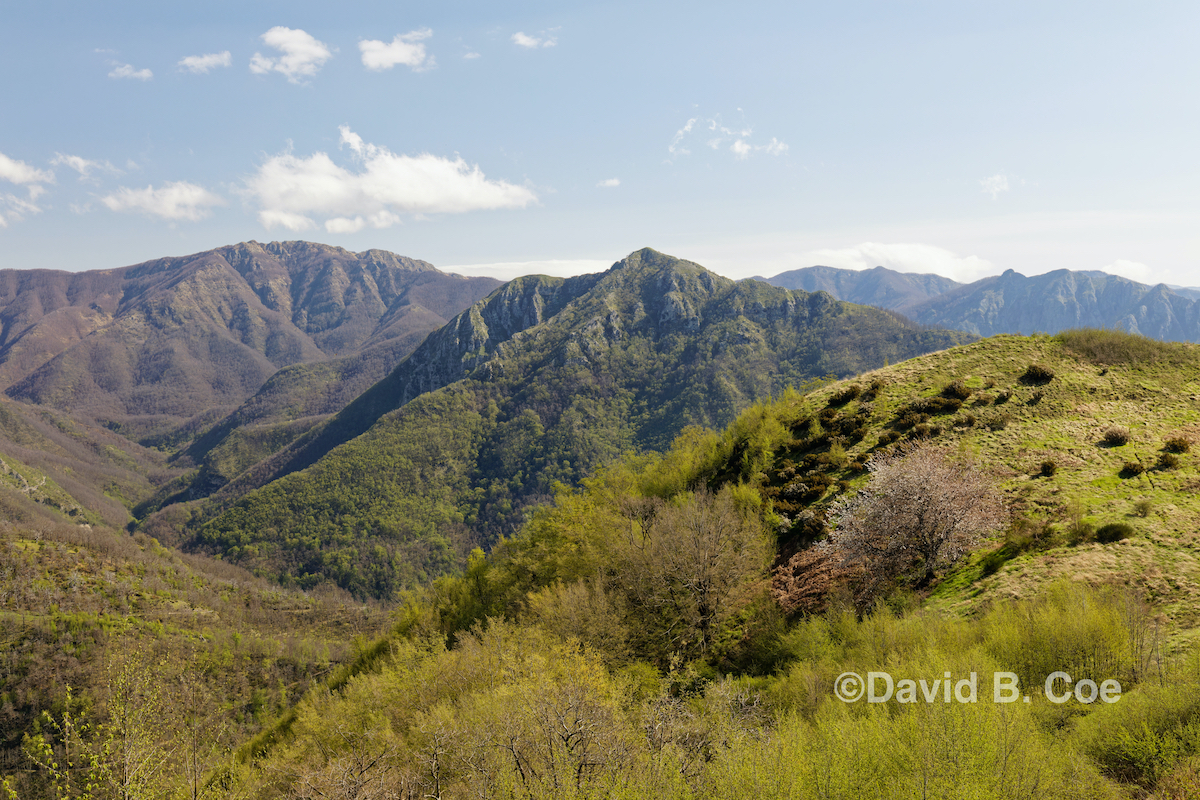
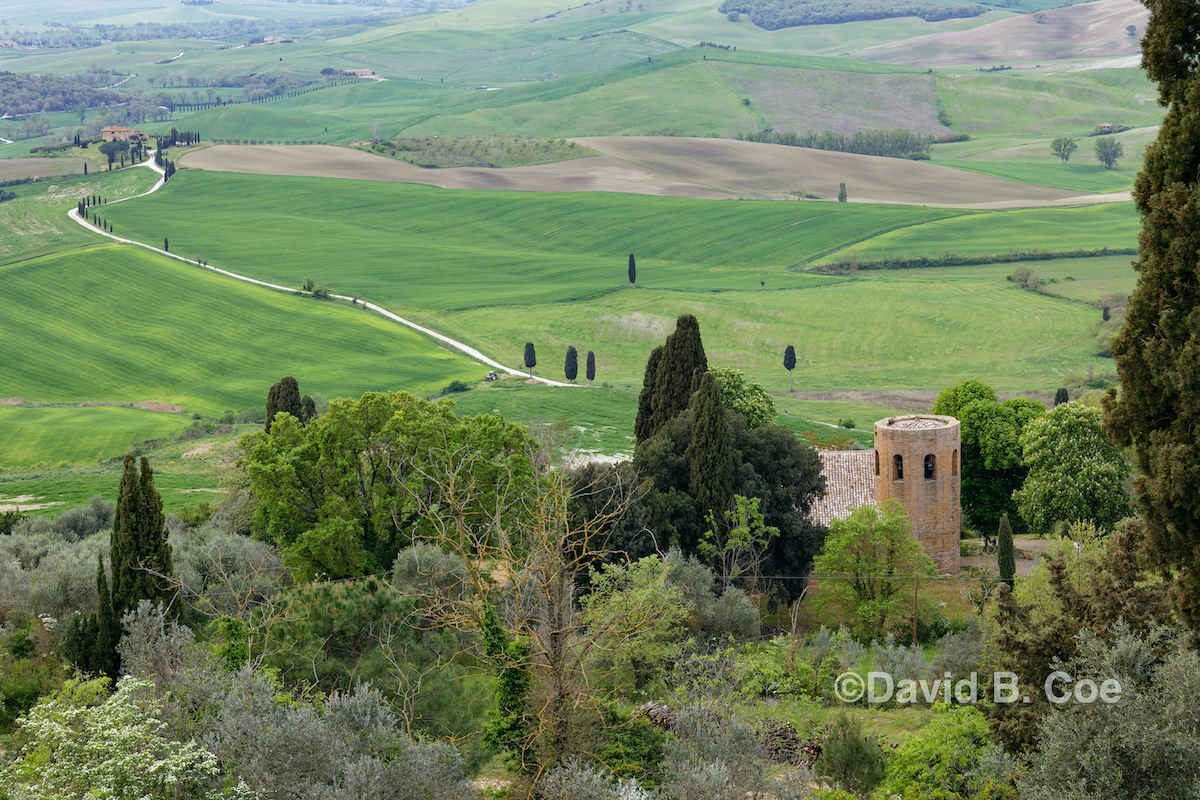
While we were in Lucca, we found a hike that took us high into the Central Apennine Mountains. It was, in a word, spectacular. We had a perfect day — clear, breezy, cool — and were afforded incredible mountain vistas and equally beautiful views down toward ancient Tuscan mountain villages. The trail itself was a little rough, but still, it was a memorable morning. Tuscany in general was amazing. We stopped in San Gimignano, Montepulciano, Siena, Pienza, and Montalcino, where we enjoyed a fabulous wine-tasting and lunch at the Poggio Rubino Winery. Each of these cities was breathtaking and steeped in history. If we go back to Italy at some point, I think I could spend another week in Tuscany and never grow tired of the landscape, the food, the wine, the people. We had a similar experience in Orvieto, in the neighboring region of Umbria. Also stunningly beautiful, also rich in history, cuisine, and winemaking.
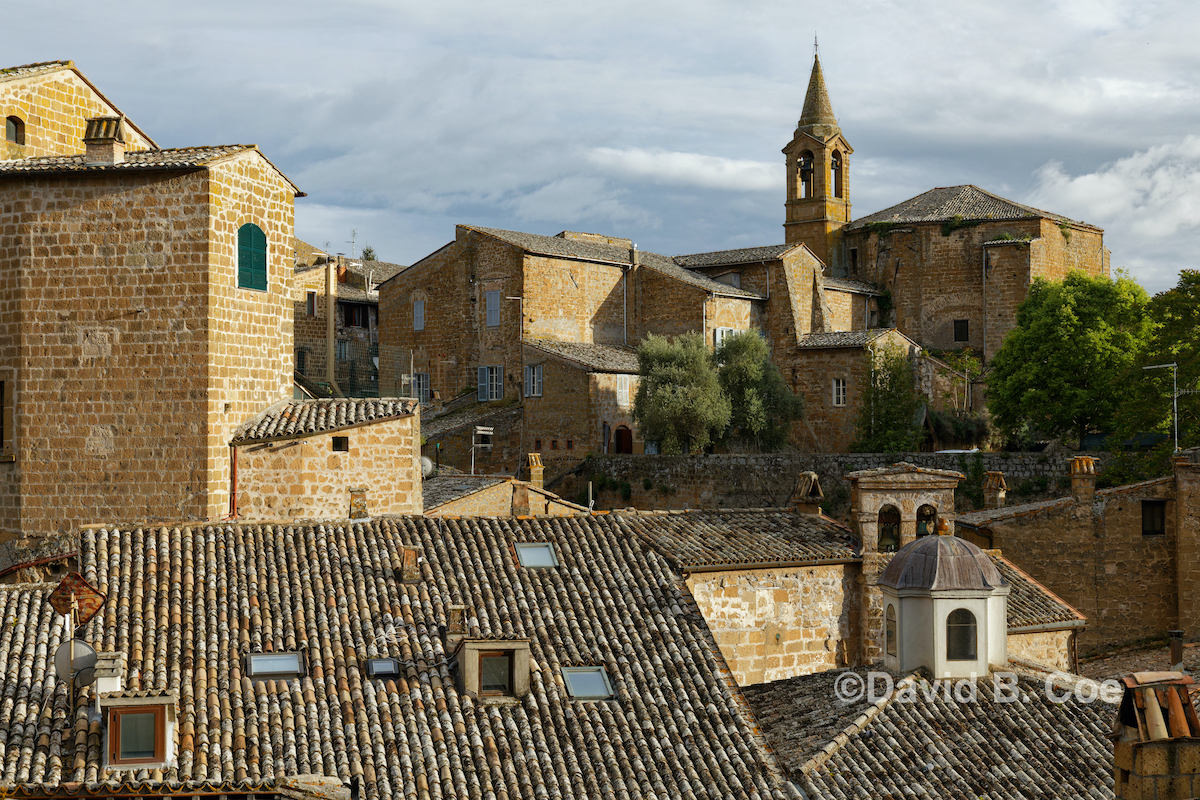
Florence as a city offers a compromise of sorts between Venice and Rome. Venice, as I said, is visually captivating. But there is an emptiness to it beyond the beauty and the tourist culture, which is ubiquitous. It felt at times as if, without the shops and restaurants and tourism industry, the city would simply cease to exist. Rome, on the other hand, is so huge as to be overwhelming. There is a tourist core to the city — in the old sections around the Roman ruins and various museums and duomos. But there is also Vatican City. There is a vast, thriving fashion industry. And there is as well a bustling urban center, with business and industry, contemporary culture, and everything else one might expect a world capitol to have.
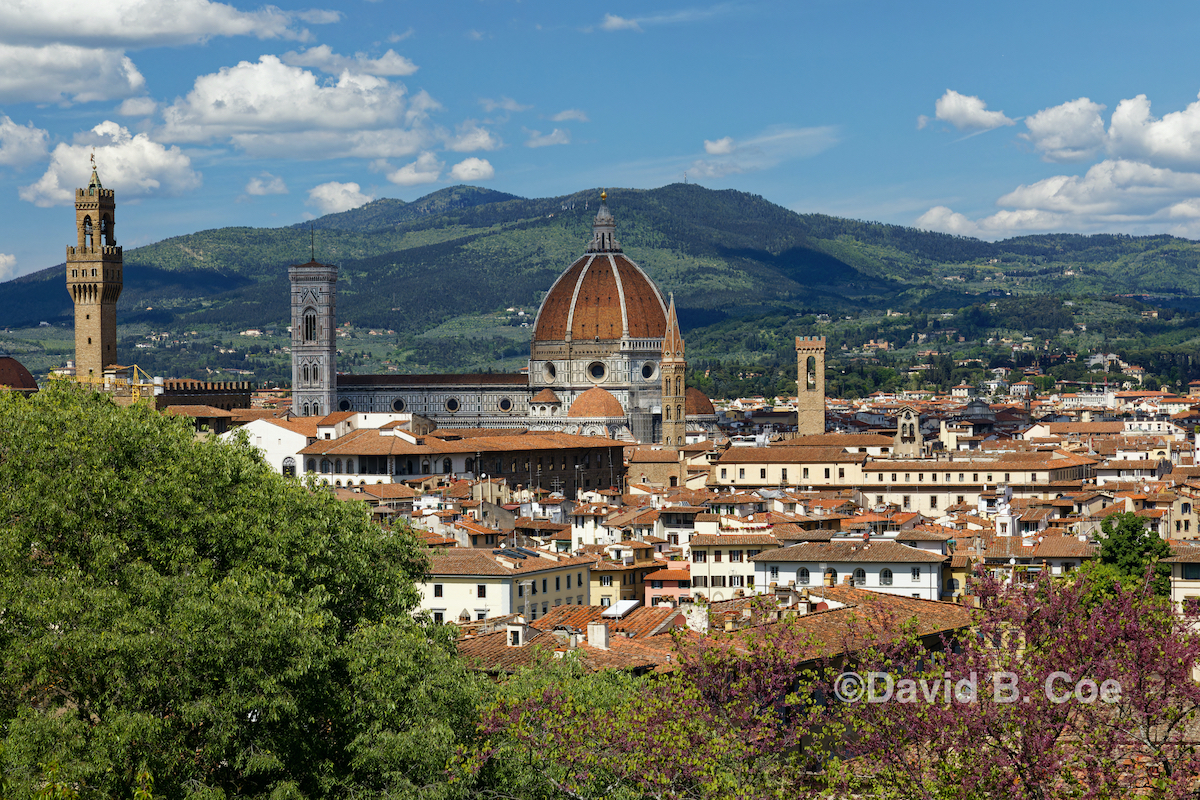
Florence is, in many ways, as beautiful as Venice and as historically and culturally rich as Rome. But it offers more than Venice on a scale that is more welcoming than Rome. And for us it was doubly special, because of the friends we had there. These were two couples from utterly disparate parts of our lives. But they both happened to be there at the same time, and, it turns out, they got along really well. So much fun!! We had companions for so many of our meals, several of our sightseeing ventures, and even a couple of shopping sprees. While in Florence, Nancy and I also took a cooking class, which was great. We learned a ton and made by hand, without any sort of machine, our own pasta, which we then ate with sauces prepared as we watched by a master chef.
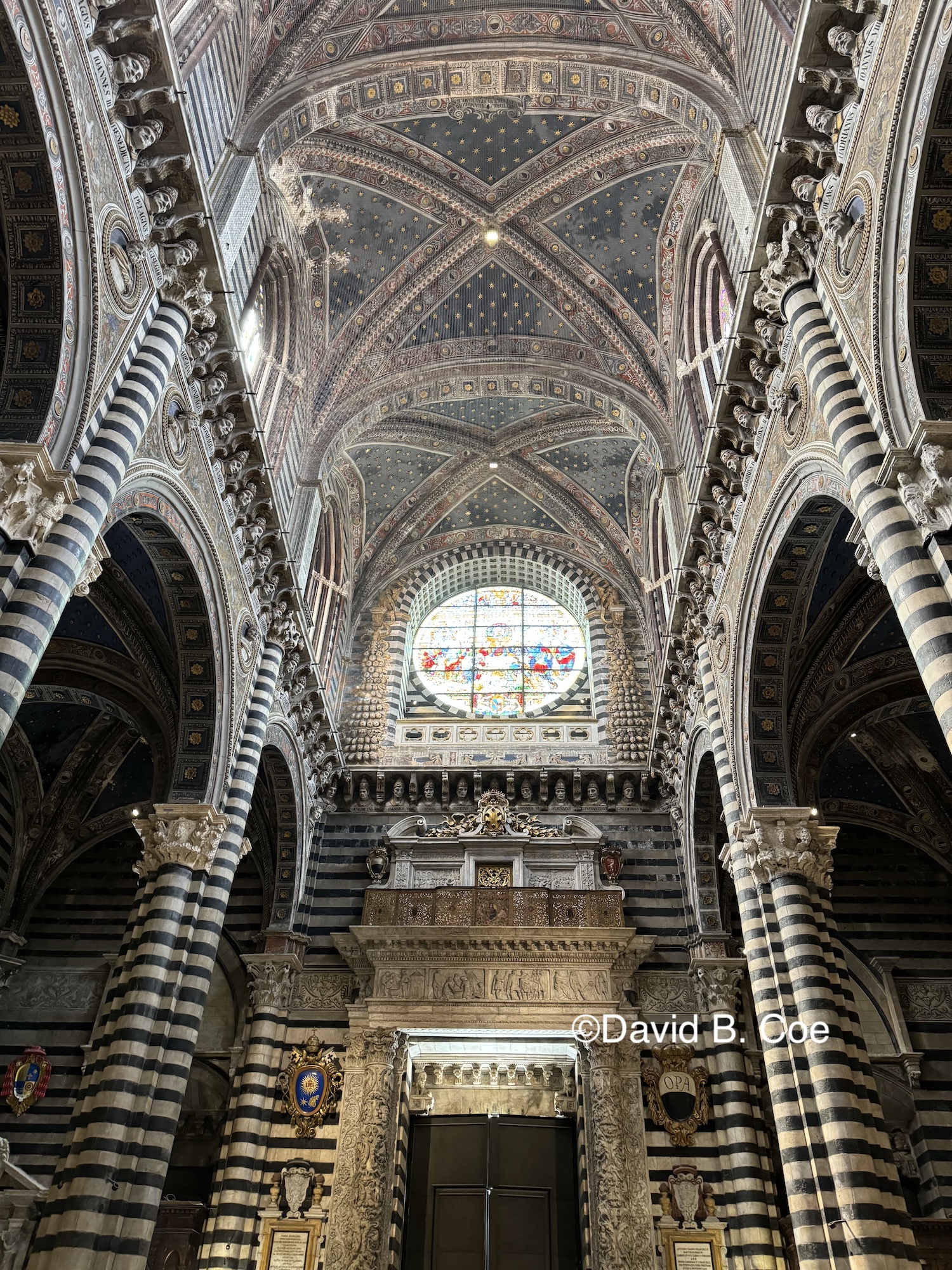
As I said earlier, it’s so difficult to do justice to a trip of this length in a single post. But I have tried. I would offer a few other quick tidbits. We saw many, many duomos, cathedrals, county churches, etc. We saw Saint Peter’s Basilica and the Sistine Chapel. But I think our favorite was the Duomo di Siena, the interior of which was mind-blowing. One of the best things we did was attend a glass-blowing demonstration at the Murano Glass Factory in Venice. Extremely cool. We had so many terrific meals and tried so many new foods. My personal favorite was the pappardelle al ragù di cinghiale that I had several times in Tuscany. This is a broad ribbon of fresh pasta with a sauce made with wild boar — a traditional Tuscan recipe. Incredible. We also discovered the joys of Campari, Aperol, and other Amaro liqueurs. Campari, which is sweet at first with a strongly bitter finish, is the chief ingredient in a Negroni (equal parts gin, Campari, and sweet vermouth). Aperol is sweeter and less bitter, and is best known as the chief ingredient in an Aperol Spritz (Aperol and Prosecco). We drank a lot of both. And we fell in love with Brunello wines — delicious reds that are deeper and smoother in flavor than any wine I’d ever had before.
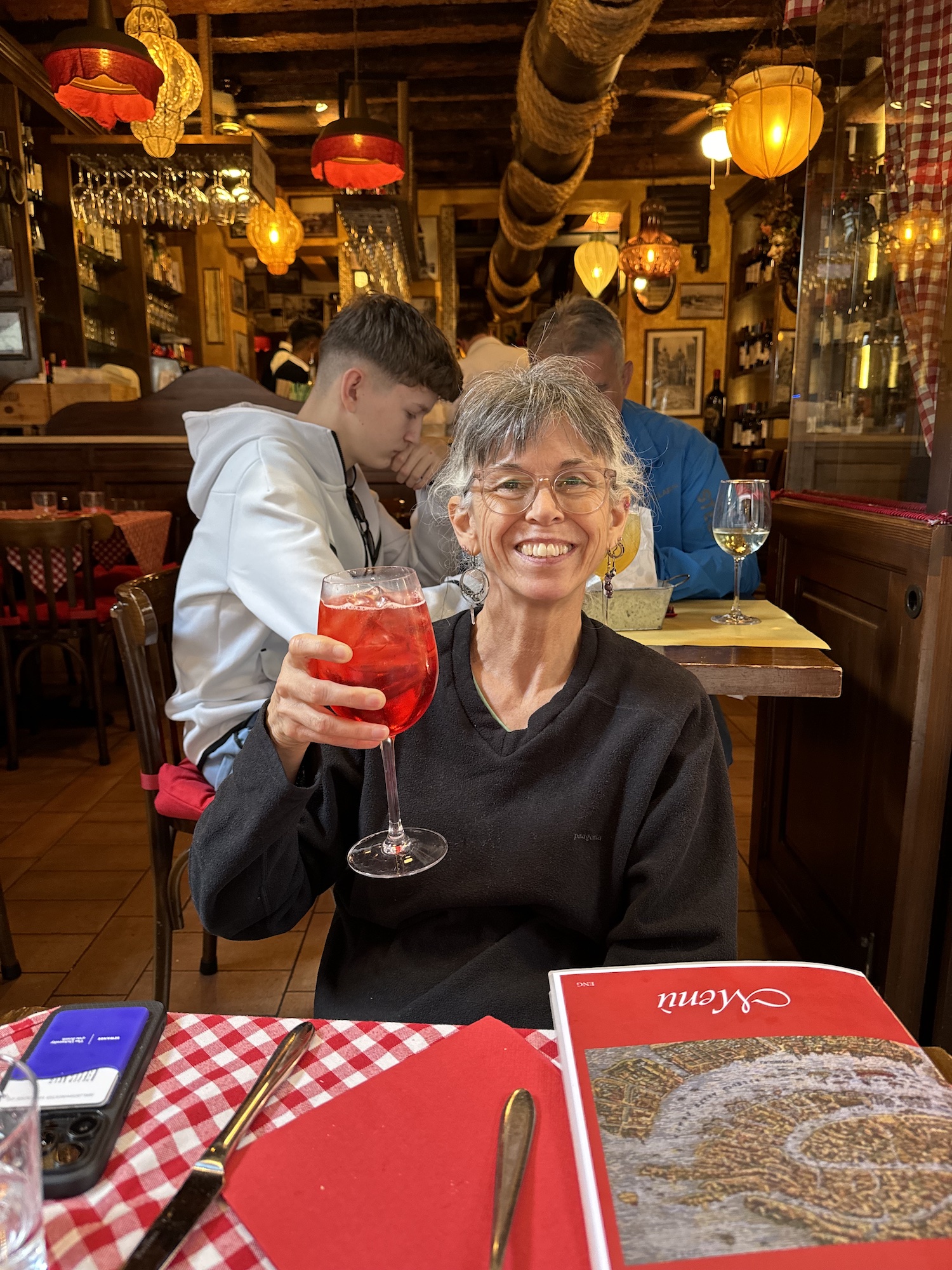
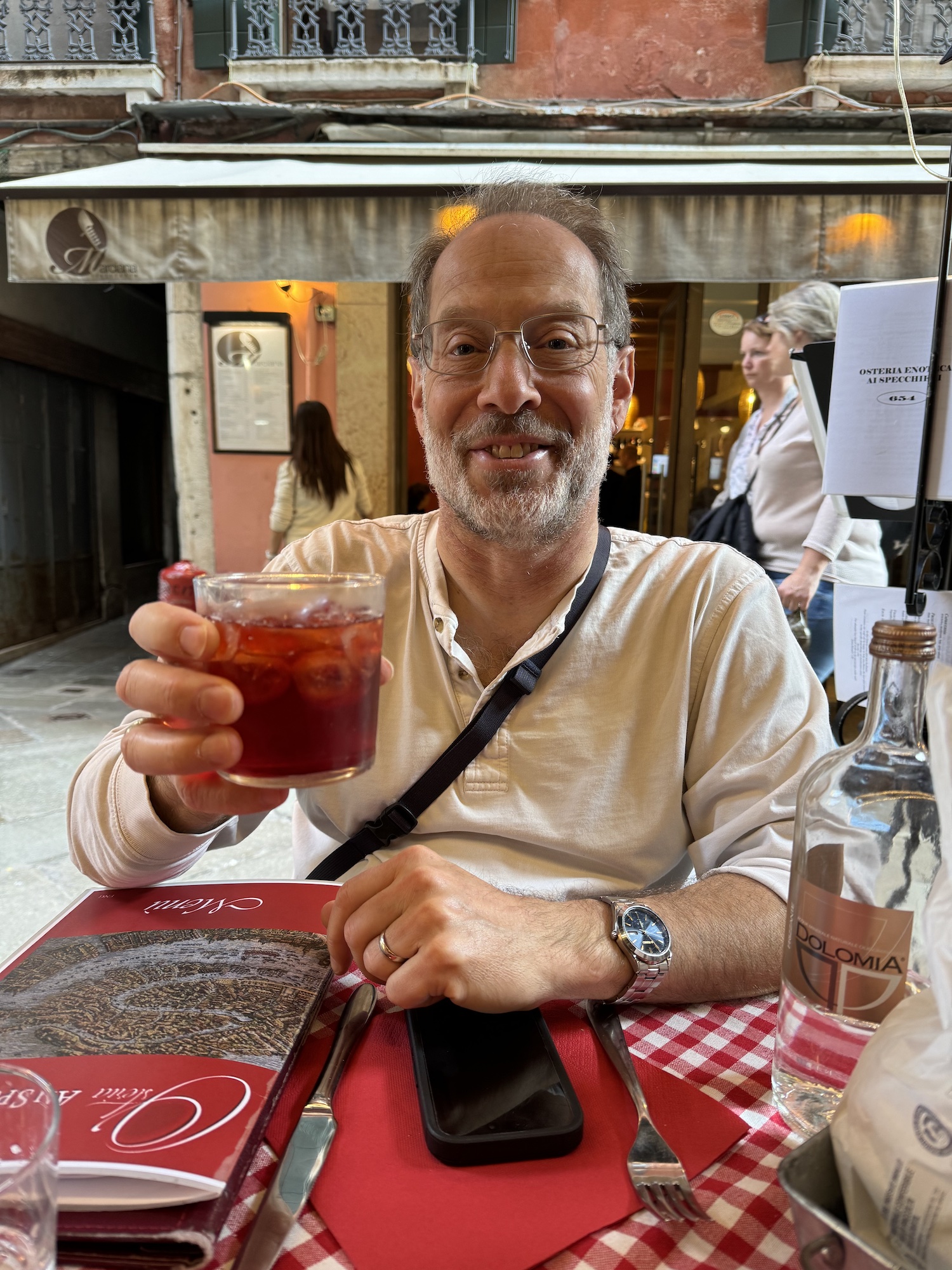
Hope you enjoy the photos!








